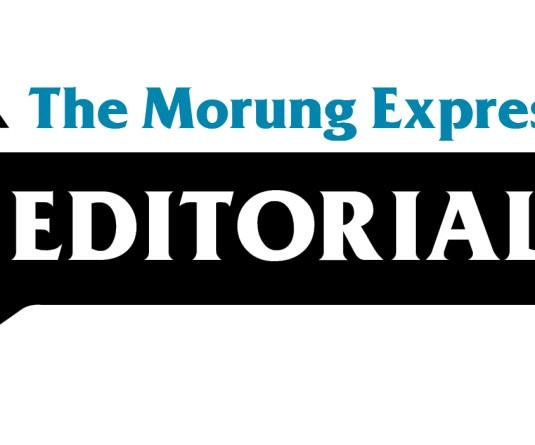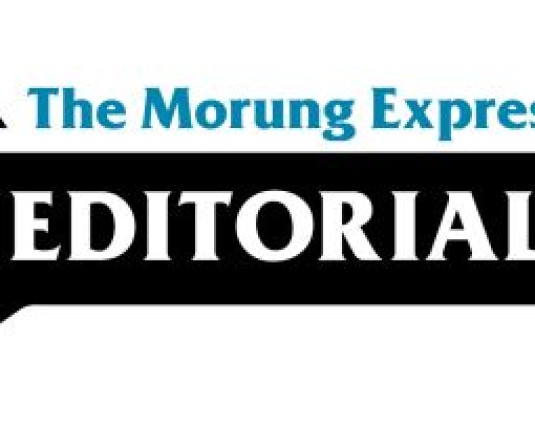
By Akangjungla
The voice of the people, as captured in the weekly poll of this newspaper, is a resounding cry of frustration. The central question, ‘Is the Nagaland Government taking proactive measures to mitigate the hardships caused by the current conditions of the roads between Kohima and Dimapur?’ has been answered with an obvious ‘No.’
The reasons given by the respondents are born of an accumulated despair. They paint a picture of a government that is, at best, “clueless” and, at worst, indifferent to the suffering of its people. The strategic NH-29, the lifeline of Nagaland state, has become a symbol of administrative failure and a perilous challenge that citizens must run daily.
The appeal of grievances is long and unflattering. The Nagaland Deputy Chief Minister, who holds the portfolio for National Highways, has broken a “long silence” only to lay the blame squarely at the door of the NHIDCL. While contractual complications may exist, the people rightly ask, what stops a determined state government from taking strong action against the agency? Governance is not a spectator games. It requires active, on-the-ground involvement to ensure that Detailed Project Reports are blueprints for action.
Perhaps the most hurtful comment is the perception of a leadership utterly disconnected from the reality of the common man. If the head of the state cannot rely on the state’s primary highway, what hope is there for the thousands of students, patients, traders, and daily commuters? The blame that “politicians and contractors are comfortably travelling in their high-end vehicles” while the public struggles is a sentiment that erodes the very foundation of representative democracy.
The government’s response has been described as a series of empty gestures, “courtesy visits” to landslide areas with no “strong decisions” to follow. This crisis demands decisive leadership, empathy, and a clear, actionable plan. The government’s silence, as noted by many, is not just an absence of words but an absence of compassion and urgency.
A poignant comment reminds that “a people without a vision will perish.” Nagaland as a state seems trapped in a vicious cycle where short-term gains trump long-term planning. The focus on events like the Hornbill Festival, while important, rings hollow when the basic infrastructure connecting the venue is in a state of collapse. The state cannot showcase its culture to the world on a road that tells a story of neglect to its own people.
The conclusion drawn by the public is bleak but clear, the government does not represent the interest of the state or its citizens. It is seen as representing only itself. Therefore, it is not just a call to fix a road; it is a call for an all-encompassing restoration of accountability. The government must outline a concrete, time-bound plan for NH-29, assert its authority over implementing agencies, and hold its own engineers and officials responsible for oversight. It must demonstrate that it shares the hardships of its citizens and possesses the vision to lead them out of this mess. The road between Kohima and Dimapur is not merely a matter of blacktopping; it is the essential artery of our state. A prosperous Nagaland cannot be built without it.
Comments can be sent to akangjungla@gmail.com





